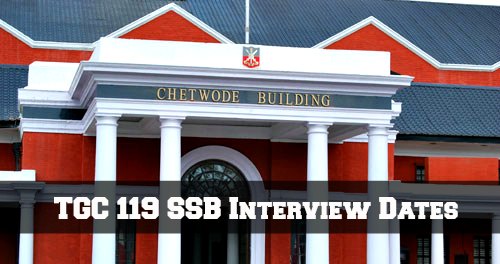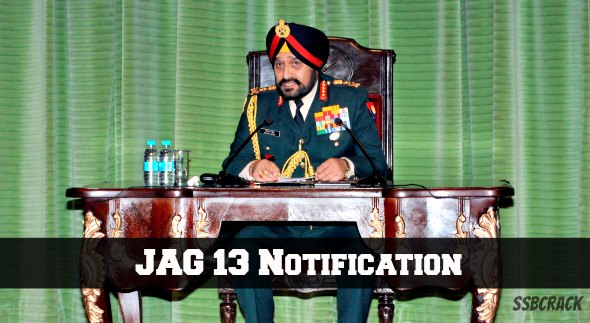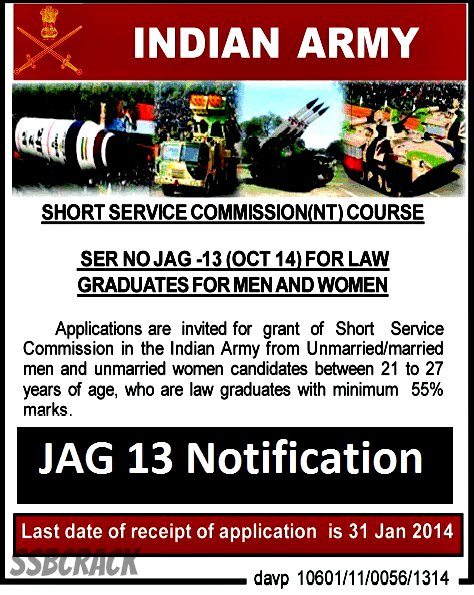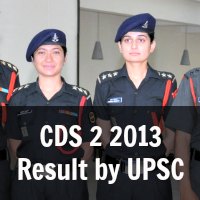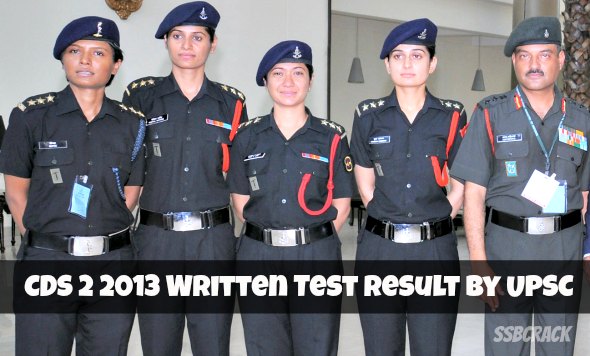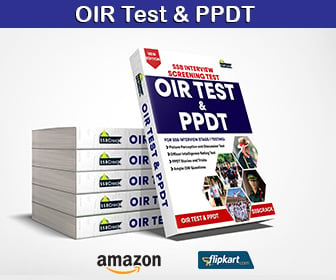1-AFSB Dehradun, the day was Monday, the 30th of December 2013. I was wandering near the M.C.O. office on Dehradun Railway Station and saw that not many people were present there. The time was already 6:47am so I thought maybe I was at the wrong place. So I reached outside the railway station and saw two big buses coming this way and that is when I first saw an Indian Air Force vehicle. Soon we were asked to arrange ourselves in lines. Thereafter we were given a code number which we were supposed to preserve at all times. Then the buses took us to the Air Force Selection Board, Clement Town.
Introduction-Phase 1-Day 1
(1.1-Aptitiude)
First we were given a briefing and asked to fill travel allowance forms. Repeaters were separated and taken elsewhere. We the freshers were taken to Brahmaputra Testing Hall and there we took the Aptitude test. It was nothing but just simple figures and 10th level maths and English. They even made us do some practice questions.
(1.2 PPDT): after the aptitude test we were sent to another hall for Picture Perception and Discussion Test. We were explained the rules and I remember just before the test was about to start, I could hear my heart beating. The picture had 2 male characters and one female looking neutral. I made a story about female exploitation and how Shivram overcame it. Thereafter we were arranged in groups of 15 each and taken to another room for discussion. We were given 1 minute to narrate our story and then the discussion started.
There was too much chaos in the group and our group immediately came to a conclusion about a farmer story narrated by Chest no.55. I couldn’t get a chance to completely speak even a single sentence. The results were announced about half an hour later and I was screened in. I was ecstatic on hearing Chest No. 65. We were told to shout our name and DOB and were given new chest numbers. I did the same with much zeal. This is by far the most tensing moments of the entire SSB.
(1.3 Document Verification): After that we were rushed to the same old Brahmaputra Hall for document verification. We didn’t get time to say goodbyes. Intense document verification continued for hours and our original certificates were referred many times to determine whether we are eligible or not. I remember Wing Commander Sachdeva was checking my documents and since I am from B.Tech. IT, all the subjects couldn’t be matched. I feared they’d send me back but things got sorted out and I was cleared. After that we were comforted with tea and snacks and told to submit our mobile phones or any electronic devices for that matter. Then we were briefed about the 5 day procedure in general and at somewhere around 6 pm taken to our rooms. I met all my roommates and gelled with them instantaneously. We were served dinner at 7:30 pm and it was worth savoring.
Phase 2-Day 2
We had PABT (Pilot Aptitude and Battery Test) and Psych Test on the second day. Only those who had filled flying were sent for PABT. Our instructor was fairly educative and he took maybe 2 hours making us familiar with the basic instruments of an aircraft. Thereafter we took the written test and I cleared it and all those who cleared it were taken for the Machine Test, the results of which would be announced on the final day of conference.
After PABT, we had lunch and were taken in for the Psych Test. I was calm and relaxed so I was able to complete all the words of WAT, all stories of TAT, 52 SRTs and the SD (Self-Description) very well. I was happy with my Psych Performance and enjoyed lunch.
At around 3pm we were given a day out and we visited a Buddhist Monastery nearby and returned back before 6:30pm. Thereafter we (me and my roommates) enjoyed in our room and cracked jokes on everyone. We became friends very effortlessly and shared stories of one’s past.
Day 3
The 3rd was an off for us and we sat and shared stories of our love life. We laughed our hearts out and played a hell lot of table tennis. We went to the Clement Town Lake nearby and have a lot of fun there with the monkeys. We teased the monkeys and they attacked us, it was a day worth remembering.
Day 4
Day 4 was the Interviewing Day so we got ready in our formal dress and started waiting for our turn. Our DSO sir took my interview and he was fairly friendly to me. He asked me about my 10th standard, friends there, my teachers, subjects and likewise the same for 10+2 and graduation. He also asked me about my:
- Daily routine
- Pocket money
- Closest competitor
- Preparation for AFSB
- Shows I like to watch
- Android phones(since I had mentioned it in my interests)
- Relation with my sister
- My family
- Things my mother would like to change in me
- Things my father appreciates in me
- Things my friends would like to change in me
- Things I’d like to change in me
- Something that I have not been able to do till now and that I would like to do
- Planes I’d like to fly in IAF
- Why would I like to join IAF
- Why did I choose non-medical
- Why did I choose IT
- Things I like to do in leisure time
- Extra co-curricular activites
- Responsibilities as the Head Boy of my school
- Things I didn’t like to do as the Head Boy of my school
- Most fond memories of my school
- Why did I not participate too much in sports in college
Apart from the usual personal stuff the IO did ask me a fair deal of GK questions, like:
- Neighboring countries of India
- Capital of Tibet
- Latest international news
- Things India shouldn’t have done in the Devyani Khobragade case
- Things India should do in the Devyani Khobragade case
- Governor of Punjab
- First aircraft of IAF
- Marshal of air force
- Secretary general of UN and where he belongs to
- Former Secretary general of UN and where he belongs to
- Chief of air force
- Ranks of air force
- Equivalent ranks of Air Vice Marshal in army and navy
I didn’t know all the answers but I learnt all the answers I was not able to give in the interview, after the interview was over, from my friends, for conference day.
Day 5 and 6
The last two days were our GTO tests.
- Group Planning Exercise-GPE
- 2 Group Discussions (how to deal with China &
- Progressive Group Task-PGT
- Half Group Task-HGT
- Lecturette
- Command Task
- Individual Obstacles
- Final Group Task
The topics of GD were:
1) Who according to you is responsible for the recent growth in Indian Economy?
- The youth
- The leaders
- Foreign investment
2) How should we deal with China?
- Third party intervention
- Military force
- Bilateral talks
I put forward my views in a simple manner and did not worry about hogging any limelight. We, the group, had already decided that we would not create a fish market and give everyone time to speak and the same was reflected in all of our group discussions. The GTO was felling satisfied with our performance.
Then came the PGT. The first structure was fairly simple and we were able to complete 3 out 4 structures in the stipulated time. Even if I did get a chance to do something just once, I keenly observed as others were trying out there ideas. Anything that you learn from here is very important because that can be used in your command task and the half group task.
My Lecturette topics were:
- NGOs in India
- Indian Economy
- Is India a soft nation
- Disaster Management
I spoke well on Indian Economy and was happy with what I spoke.
The next day we had command task and individual obstacles. I was called 4 times in total as subordinates and I did as my commanders told me to do. My command task was a bit difficult and the GTO also increased the level of difficulty when I was performing. I was able to complete only 7 individual obstacles but I kept on trying and did not give up.
Conference
We had conference on Saturday the 4th of January 2014. When I was called in the deputy president of 1 AFSB was sitting in middle so I wished him. Since I was not wearing any blazer on top of my shirt, he jokingly asked me,
- Deputy President- “So Gurpreet are you trying to tell me that it’s colder in Amritsar than here?”
- I smiled- “Yes Sir”.
- Deputy President- “Why are you not wearing any blazer or jacket?”
- Me- “Sir it’s relatively warm here and I am comfortable wearing just a shirt”
- Deputy President- “Gurpreet, where all did you visit in your 5 days here?”
- Me- “Sir, we went to a Buddhist Monastery nearby and visited the Clement Town Lake twice”
- Deputy President- “Oh, wonderful. What did you like at the lake?”
- Me- “Sir we enjoyed the scenic beauty and the ducks and the monkeys”
- Deputy President (laughed) – “So which one did you prefer, the ducks or the monkeys?”
- Me- “Sir, the ducks were more friendly to us”
- Deputy President (smiled) – “Okay Gurpreet it was nice talking to you”
- I said thank you and left.
When the results were announced, I was thrilled beyond measure to know that I was recommended. For the first few seconds I was almost numb and couldn’t feel anything. It was after a few minutes that the thrill and excitement kicked in and I felt invincible.
Finally we were taken to a separate hall and were made to fill a hell lot of forms, all of which took us close to 4 hours to complete. It was a feeling I’d never felt before in my life and after tasting a few rejections in a few software companies I felt overwhelming to get selected in one of the most prestigious companies in the world, The Indian Air Force.
 About Author: Gurpreet Rataul
About Author: Gurpreet Rataul
I am currently pursuing B.Tech. in IT in the 8th Semester, I came to know about AFCAT from one of my seniors and ever since then have been fascinated with Air Force. I am currently waiting for medicals and hoping to get merit in.
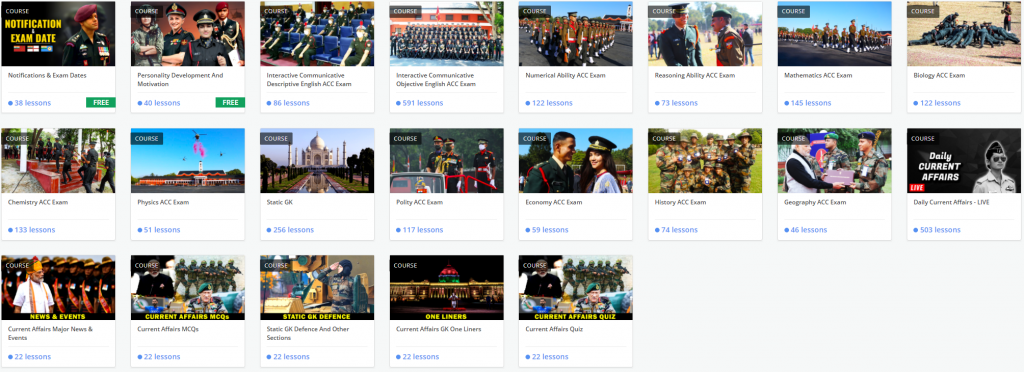

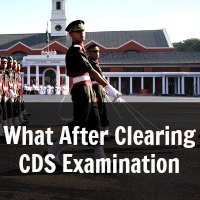
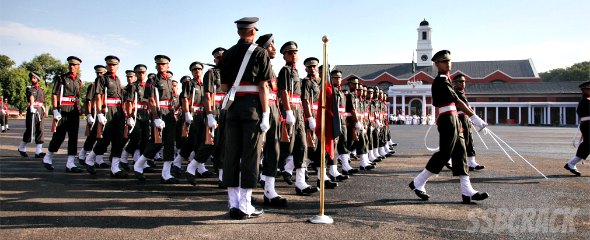
 Tashi Mishra, Editorial Team
Tashi Mishra, Editorial Team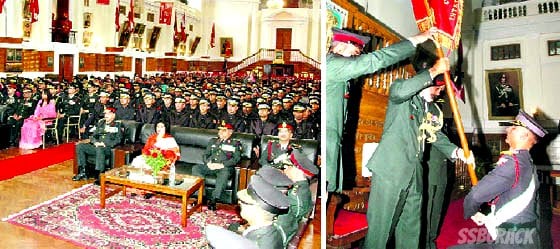
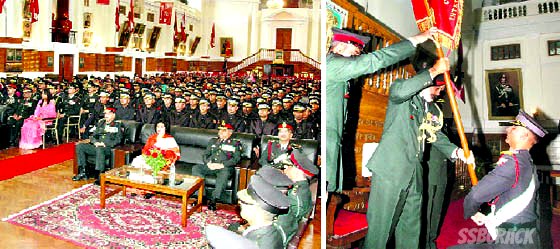
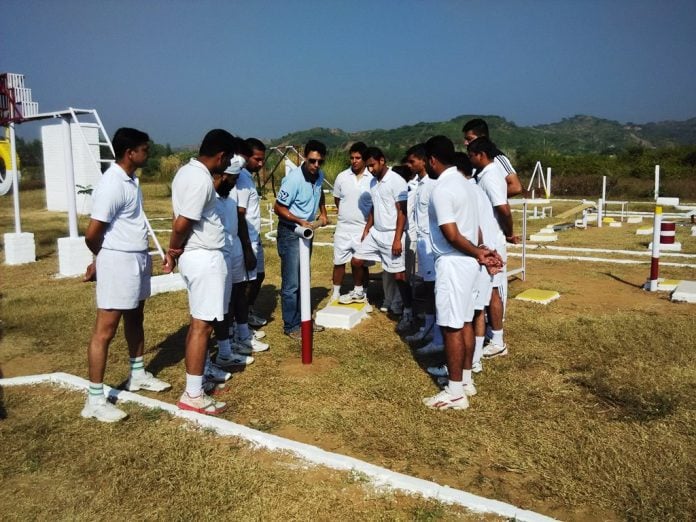

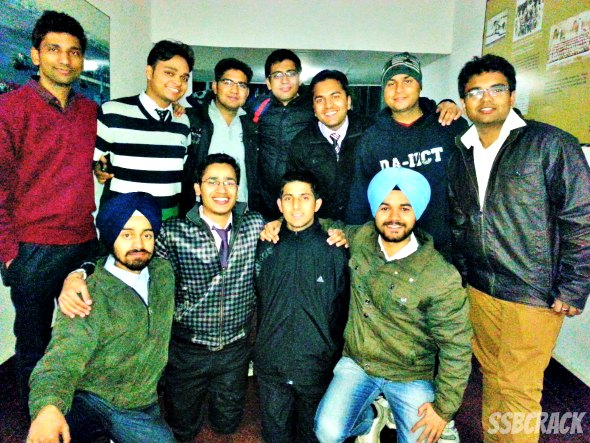
 About Author: Gurpreet Rataul
About Author: Gurpreet Rataul
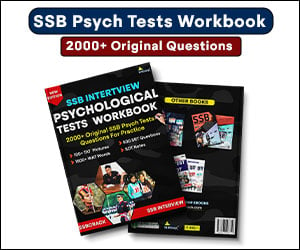
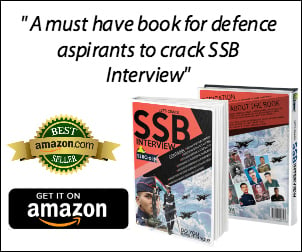
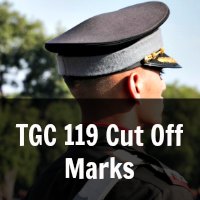

.png) About SSBCrack Editorial Team
About SSBCrack Editorial Team
